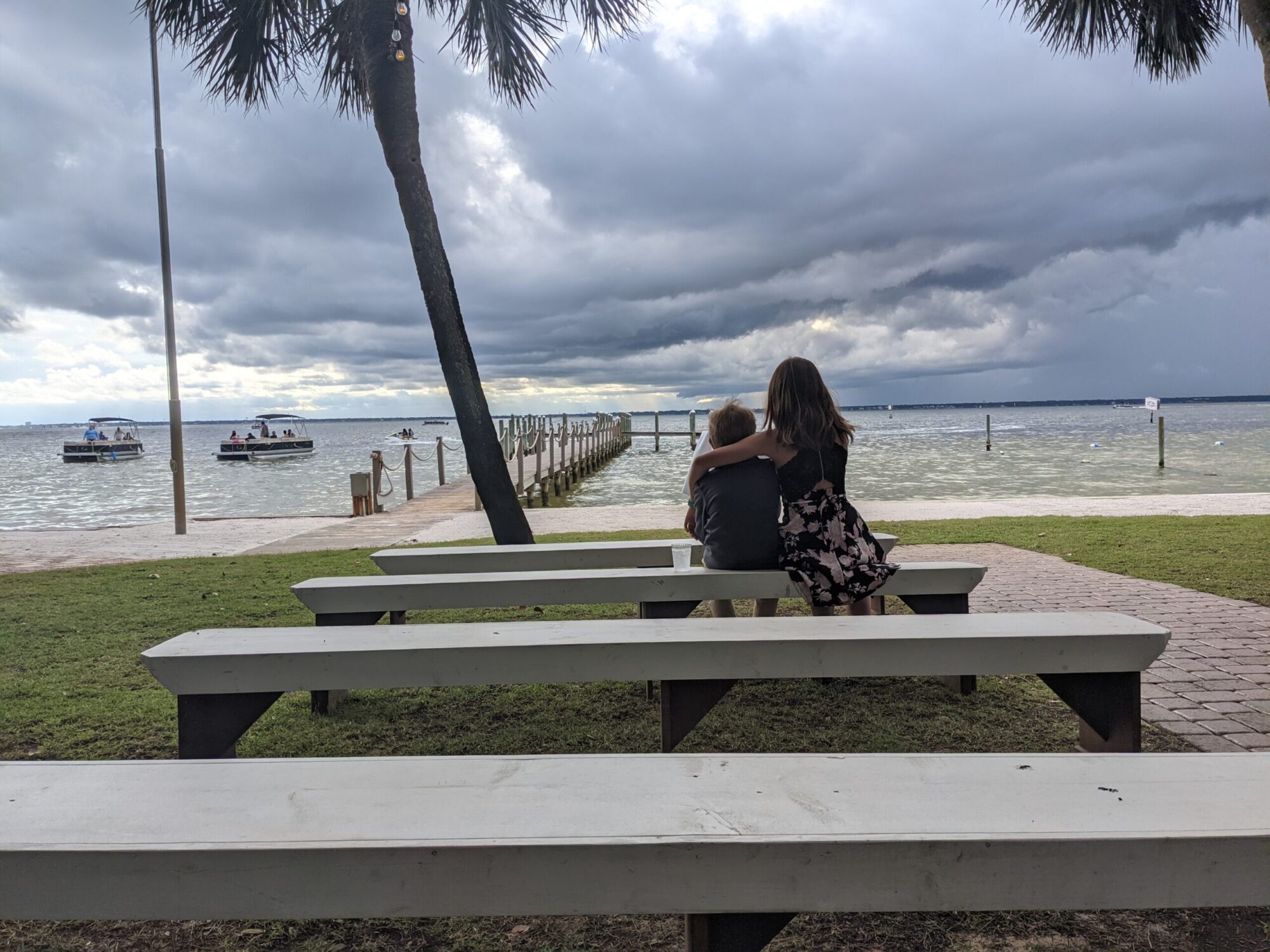I usually reserve the month of October to partake in some “scary movies,” but this month has been a bit busier than usual with me being out of town for a conference and the Cardinals being in the playoffs. As they so spectacularly collapsed at the end of the NLCS, I’ve got a bit more time to catch up on movies I’ve been waiting to watch…
However, I did find the time to watch the second season of “The Walking Dead,” as it appeared on Netflix a few weeks ago. The third season has just started on AMC.
The reason I find this concept so fascinating is perfectly encapsulated in the tagline to the third season: “Fight the dead. Fear the living.” The story of The Walking Dead is essentially the same one that’s been told for decades in other zombie movies: an unexplained infection causes the dead to start walking, eating the flesh of the living, leaving a limited number of survivors to fend for themselves. The distinction with this particular story is that much of the focus is on the survivors, not on the zombies. Indeed, there are lengthy portions of the show (as in, 40 out of 50 minutes) that don’t involve zombies at all: the story focuses on whether the survivors can work together, whether they support each other, or whether they are willing to sacrifice another human in order to save themselves from “the walkers.”
“The Walking Dead” actually began as a comic book in 2003, written by Robert Kirkman. I have never read the comic, though it continues to this day with over 100 issues. It seems like many transitions from comics to other mediums, be it video games or movies, suffer because the interpretation by the new producer does not translate the original intentions of the author. It took decades before Marvel and DC took a long, hard look at how their material was being portrayed in other mediums and actually put the effort into ensuring their properties were represented in the spirit they originally intended (think the difference between Adam West’s “Batman” series versus Christopher Nolan’s “Batman Begins“).
In “The Walking Dead,” Robert Kirkman is an Executive Producer, giving him some say in how the story is portrayed and how the feel of the comic is translated into a television format. The series was developed by Frank Darabont, best known for his work directing “The Shawshank Redemption” and “The Green Mile,” both of which also set in the deep south, much like “The Walking Dead” (which is filmed in Georgia).
Alongside the TV series, I have been playing “The Walking Dead” adventure game. An “adventure game” is a bit different from many other traditional games in that it’s more focused on story and less on action. There’s absolutely “action” at points, and “quick response”-kinds of reactions, but much of the game is like the TV show: conversations with other characters where you choose what to say and who to say it to. In some instances, you can make a friend or make an enemy, and the words you choose, or the people you choose to save (you are frequently given a choice between one survivor and another: you can’t always save both) affects the course of the story.
This game is released “episodically,” so each episode is released every month or two and lasts about 3 hours. Four episodes have been released so far, with the fifth and final episode releasing next month. This story is completely new, not coming from the comics or TV show, but is still set in the same world with the same themes. In that way, it’s nice because it doesn’t try to re-tell a story you already know (thus affecting your decisions as you play the game), but also introducing new characters and new problems in the same world. The critical reception has been pretty spectacular.
So that’s “The Walking Dead.” It’s a fascinating world to interact with, though definitely gruesome and violent. But if you go into it wanting to experience the relationships between survivors that just happen to be fighting a zombie apocalypse, there’s a lot of enjoyment to be had. The first season is 6 episodes long and the second season has 13 episodes, both of which are available via Netflix Instant.


